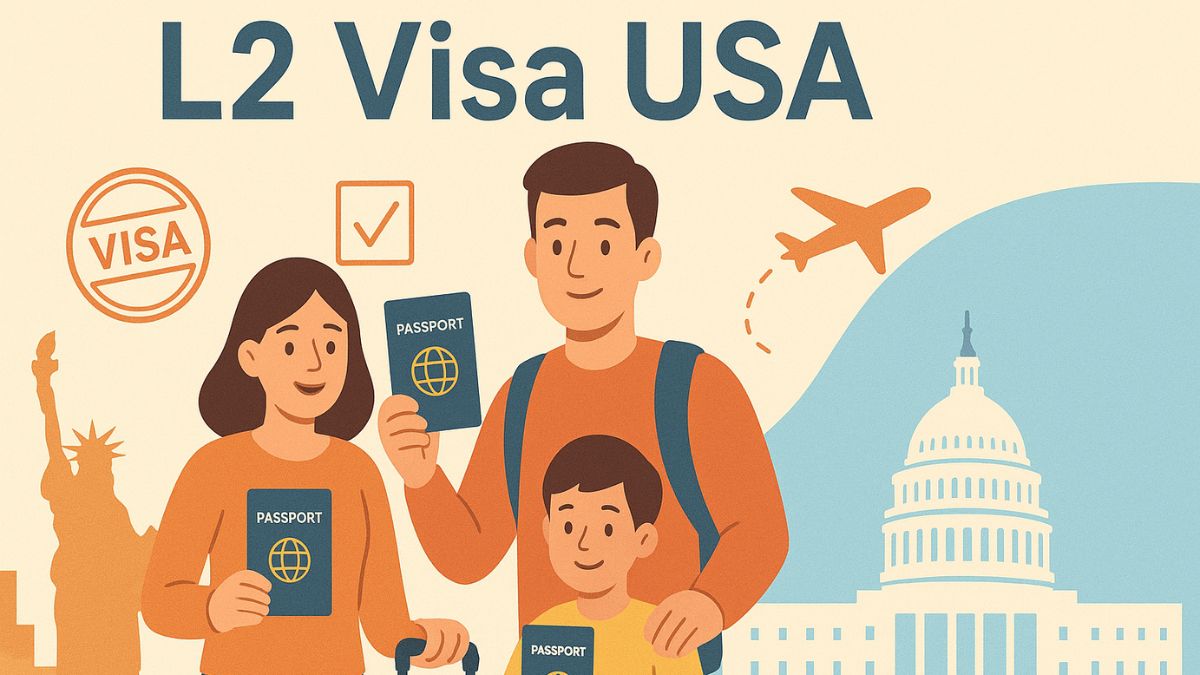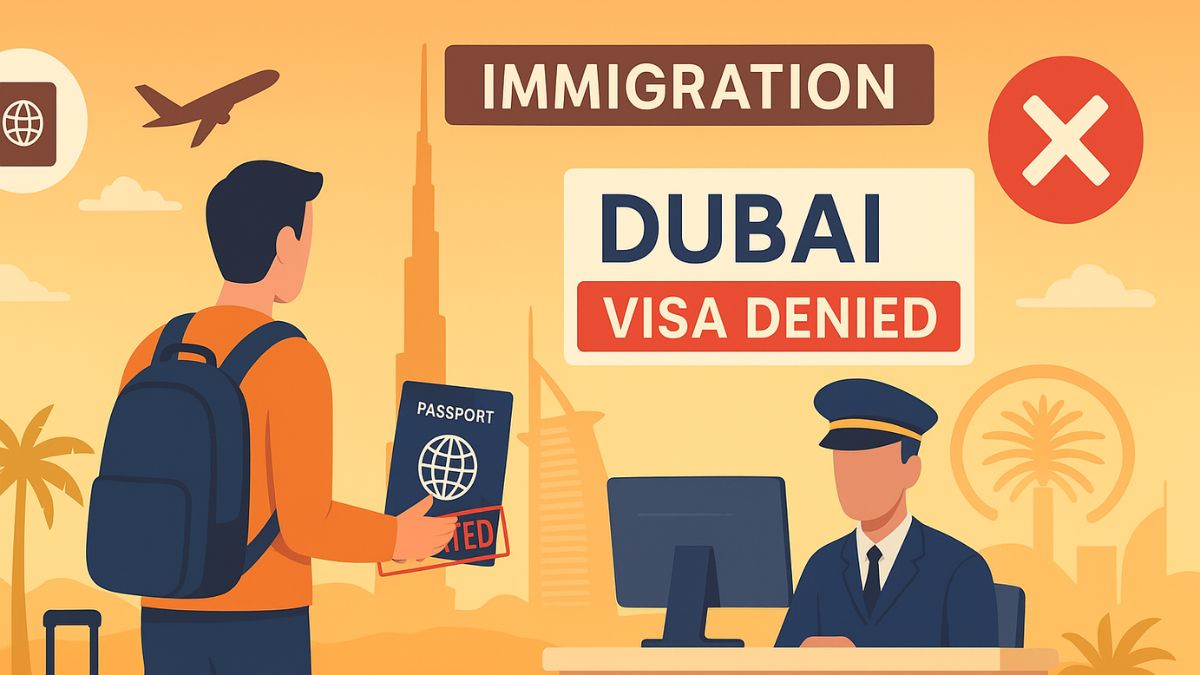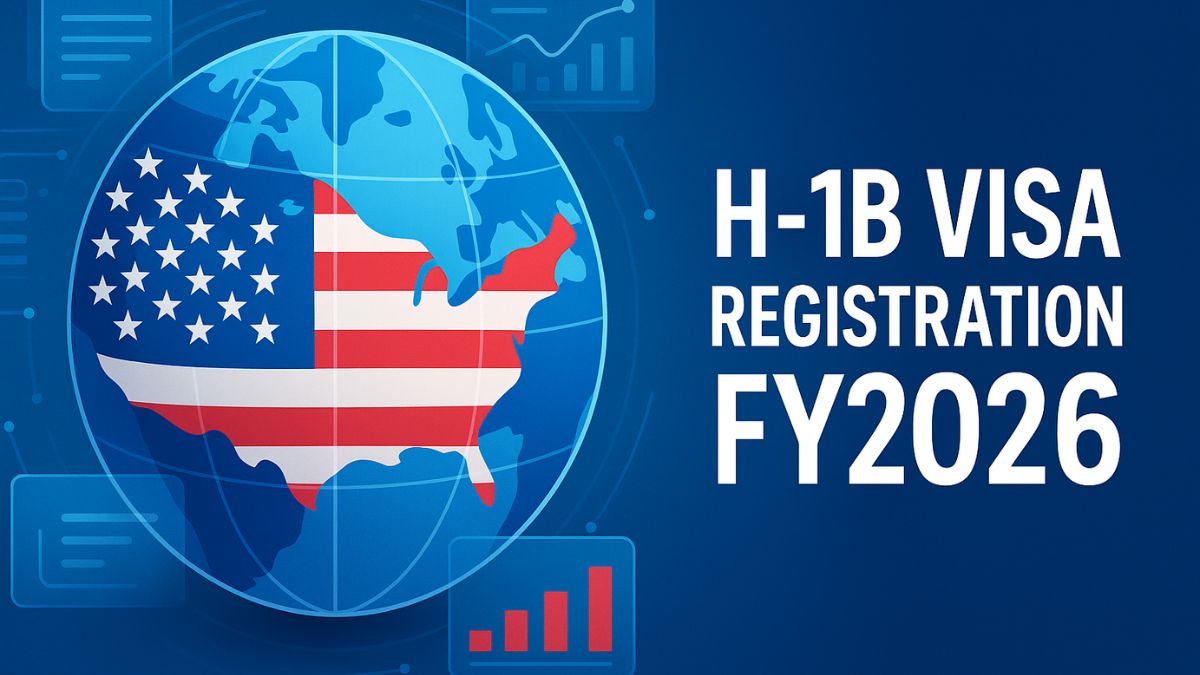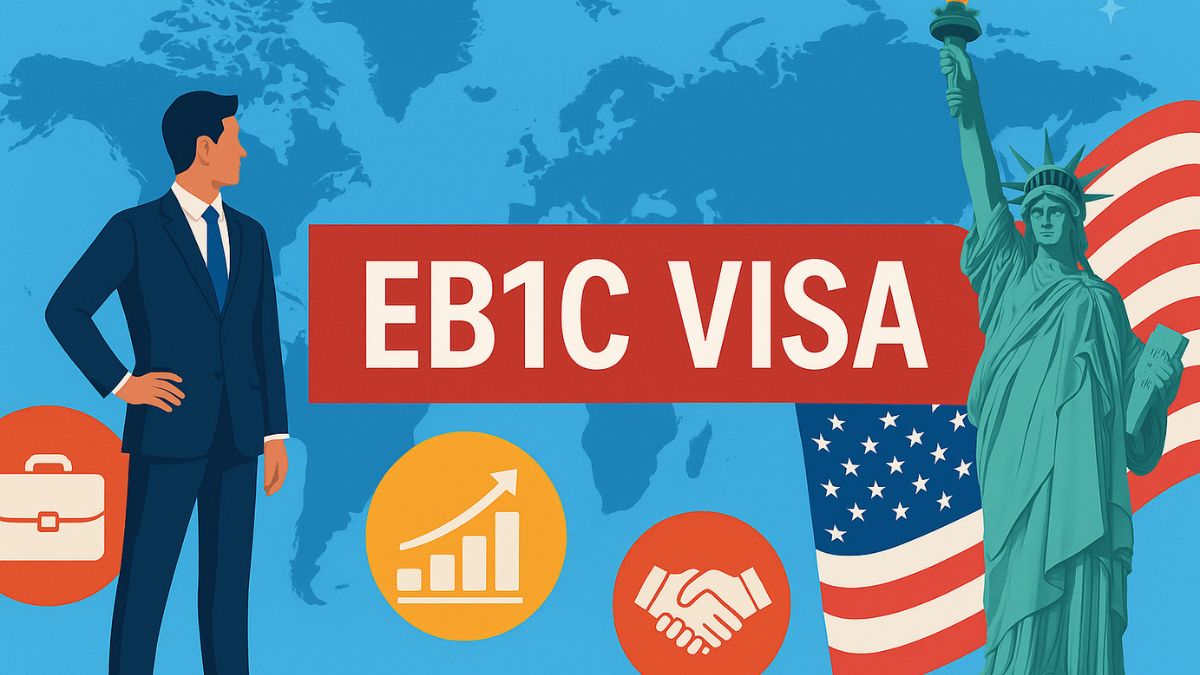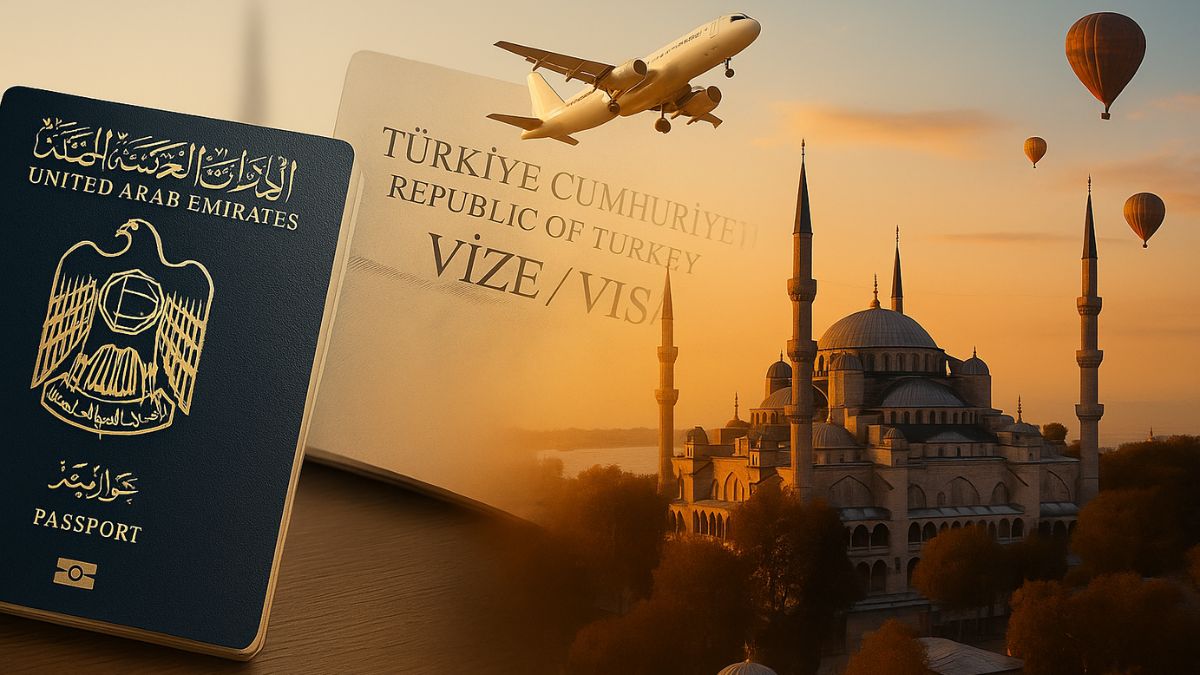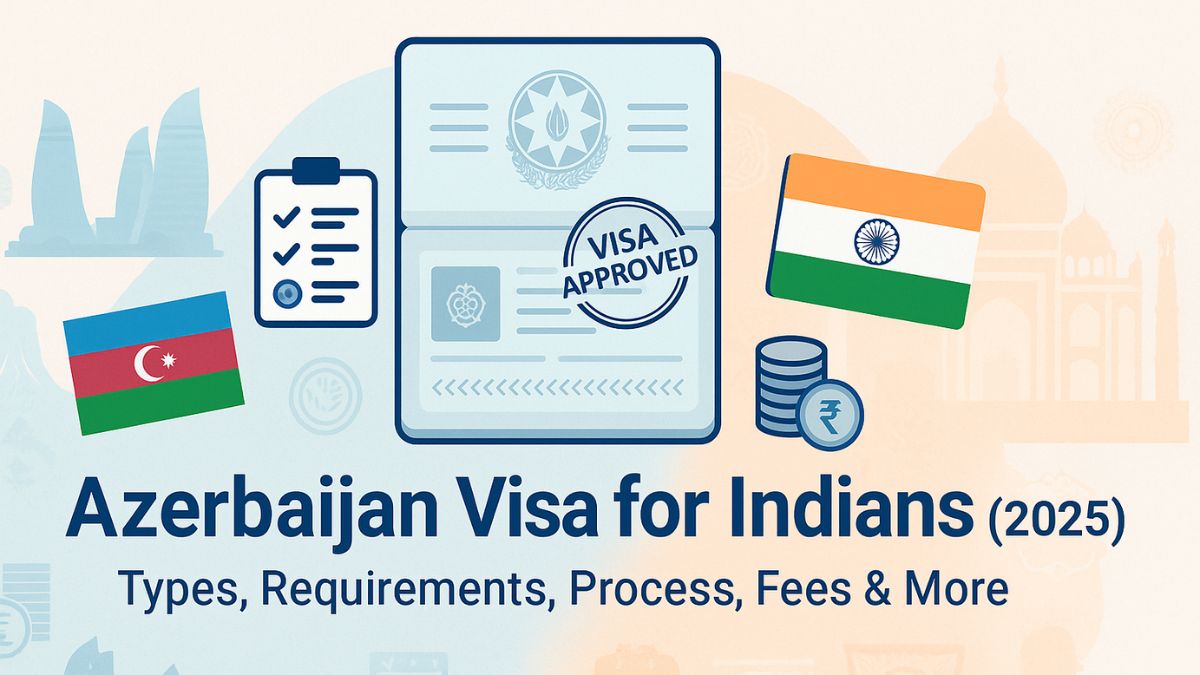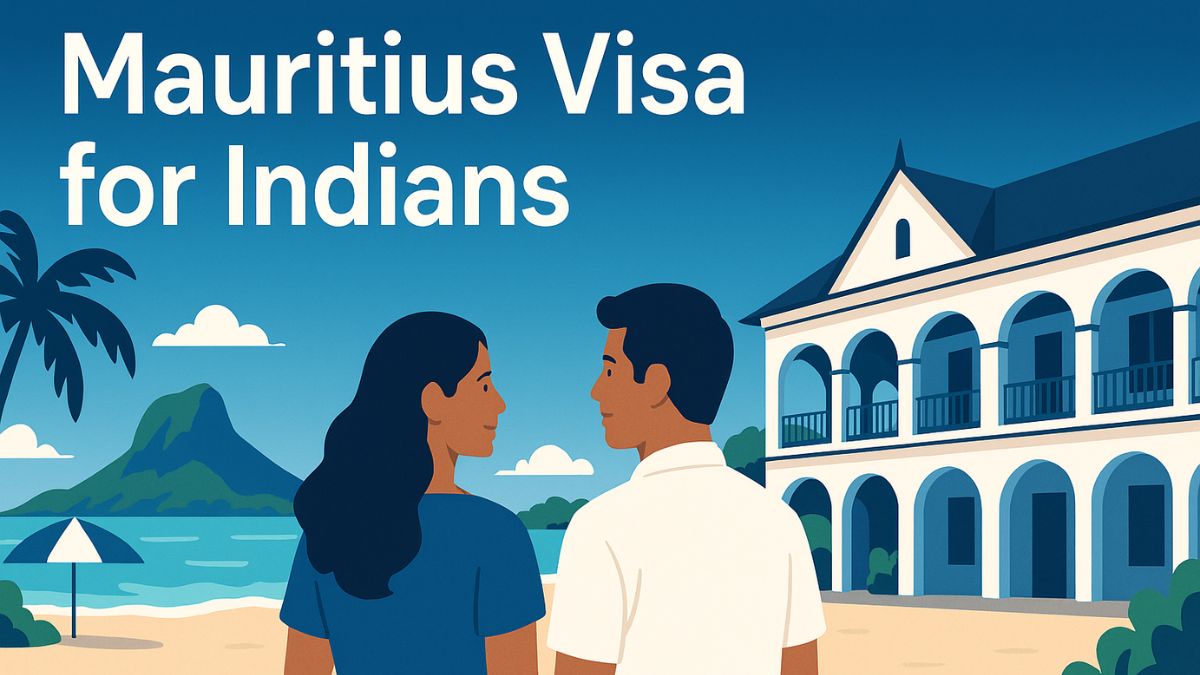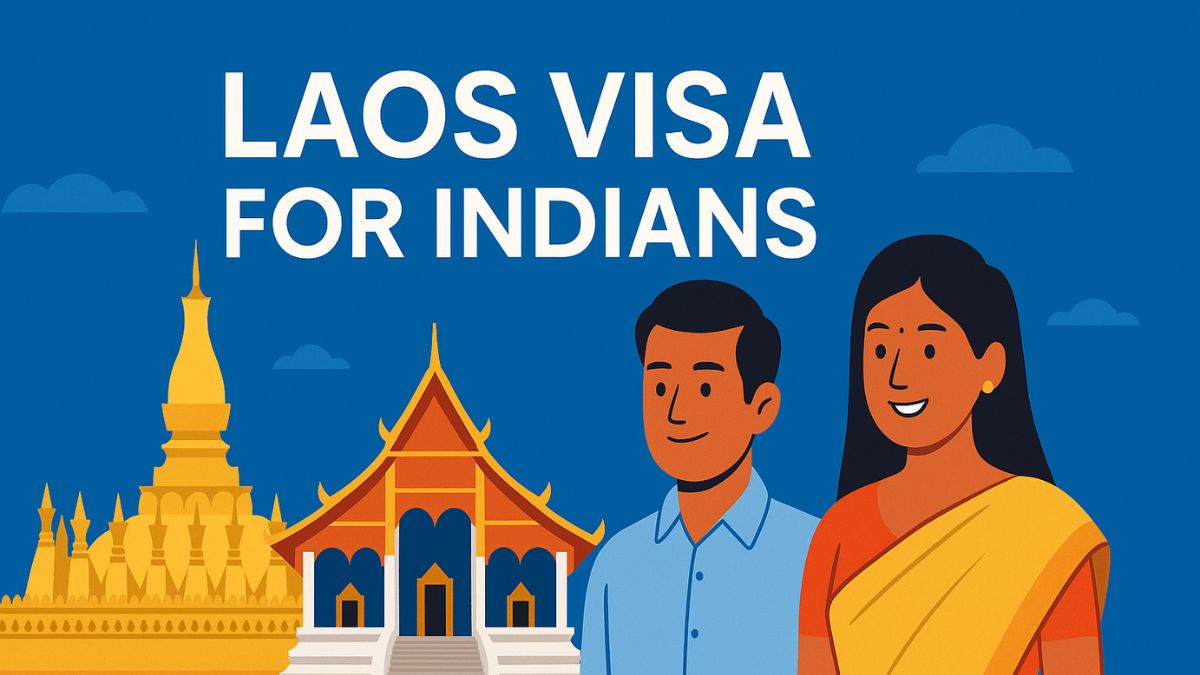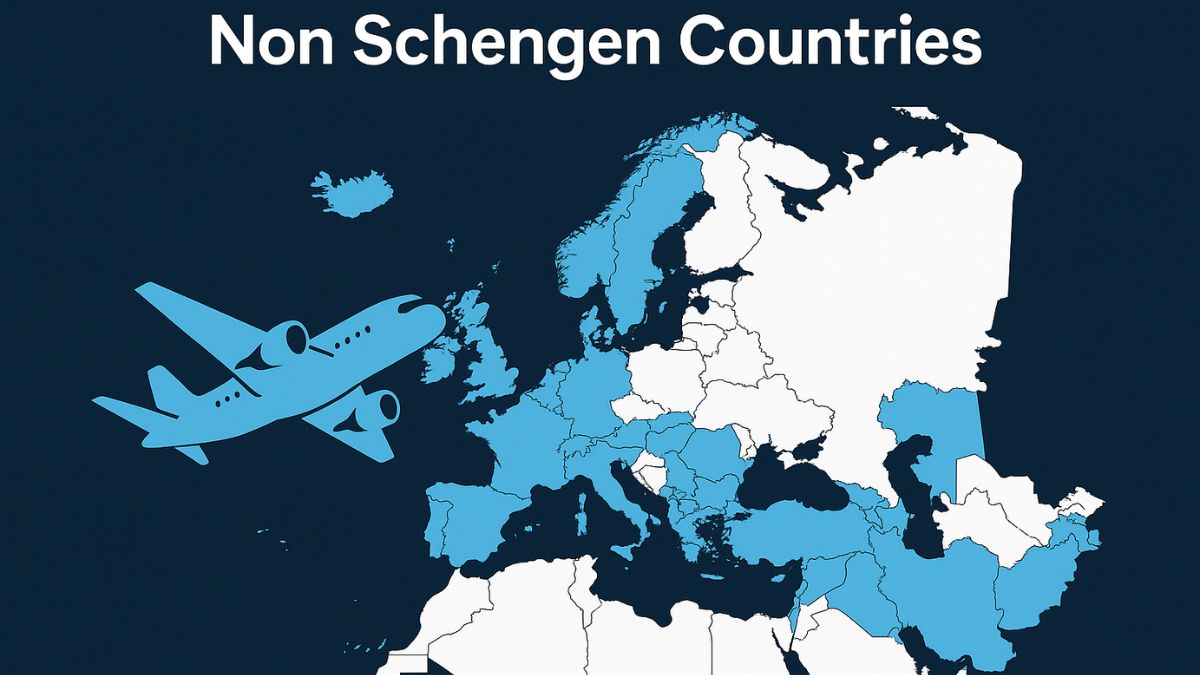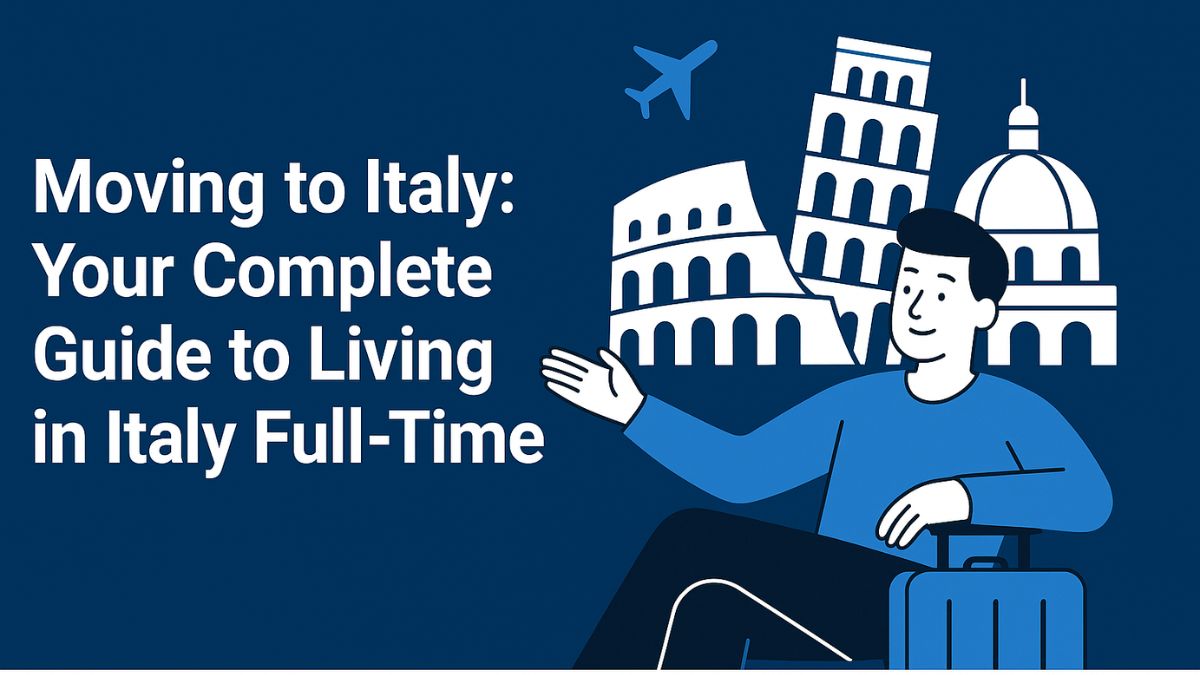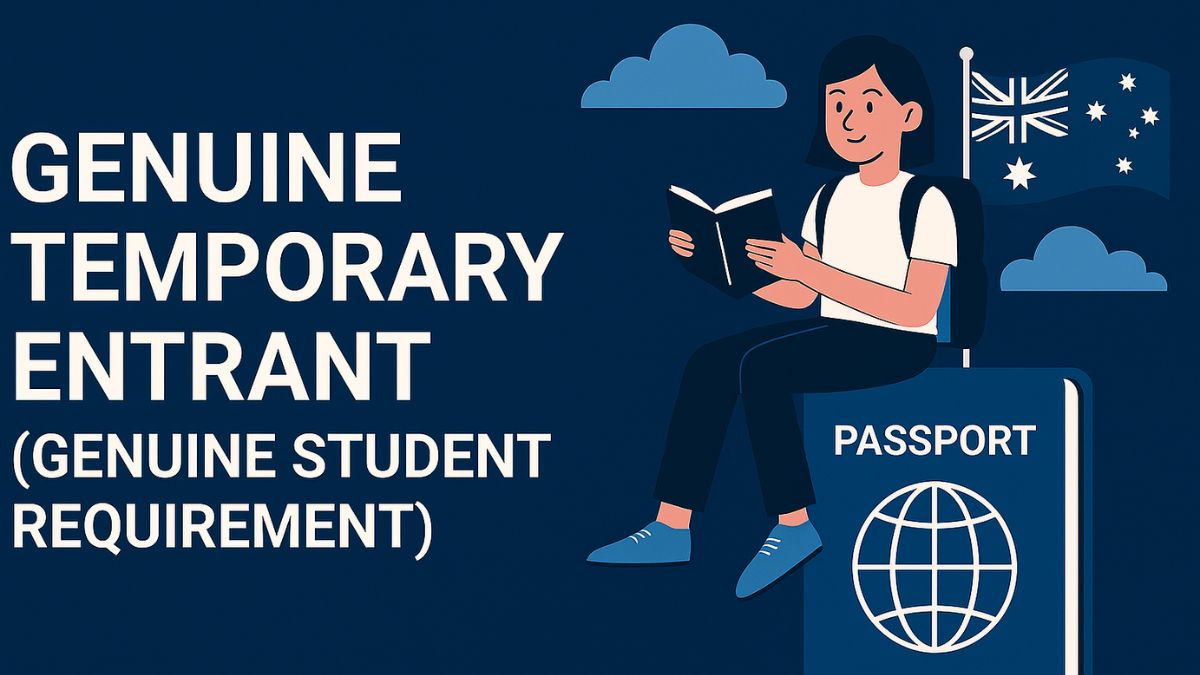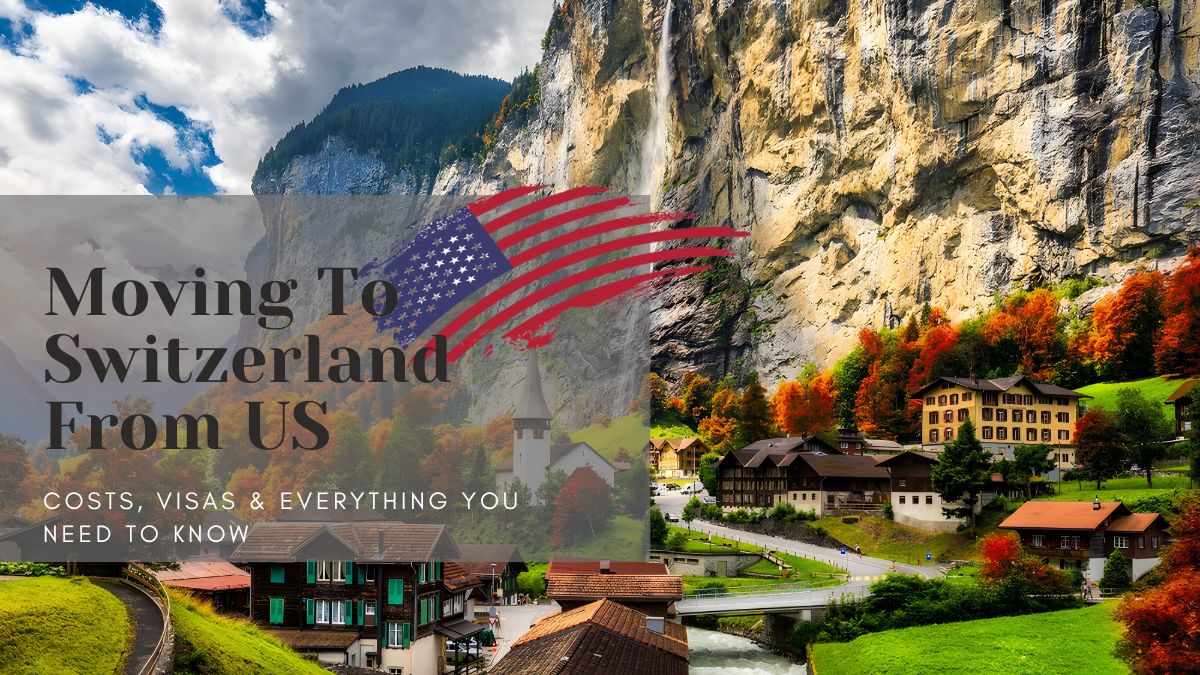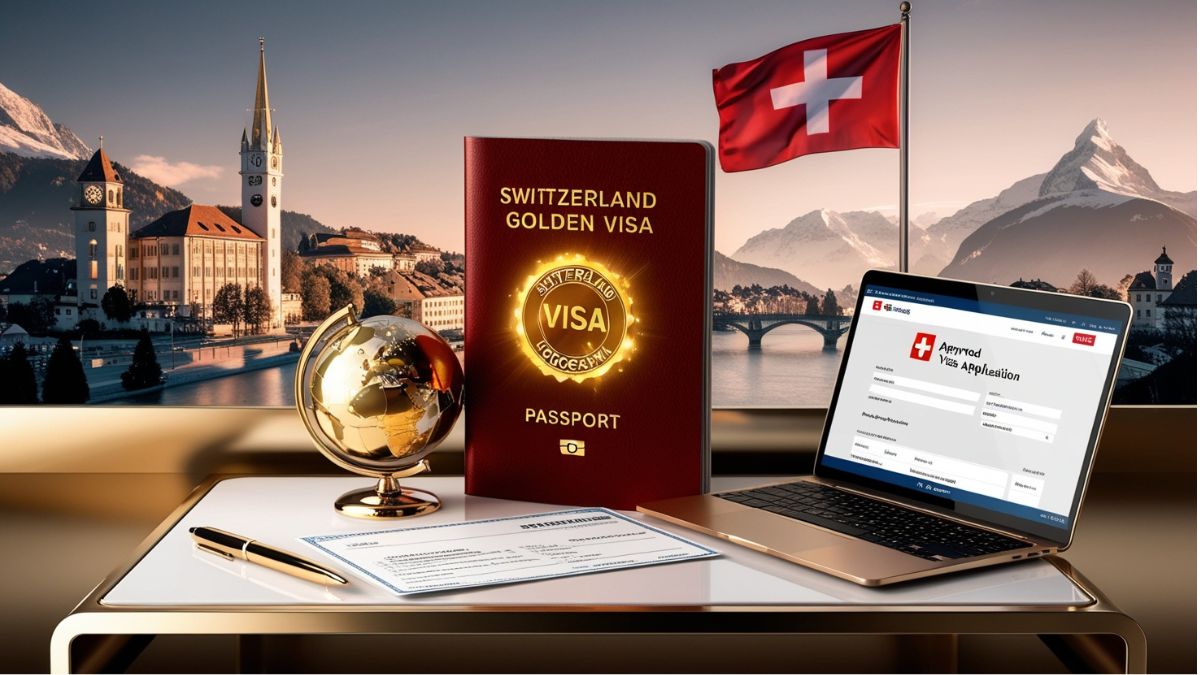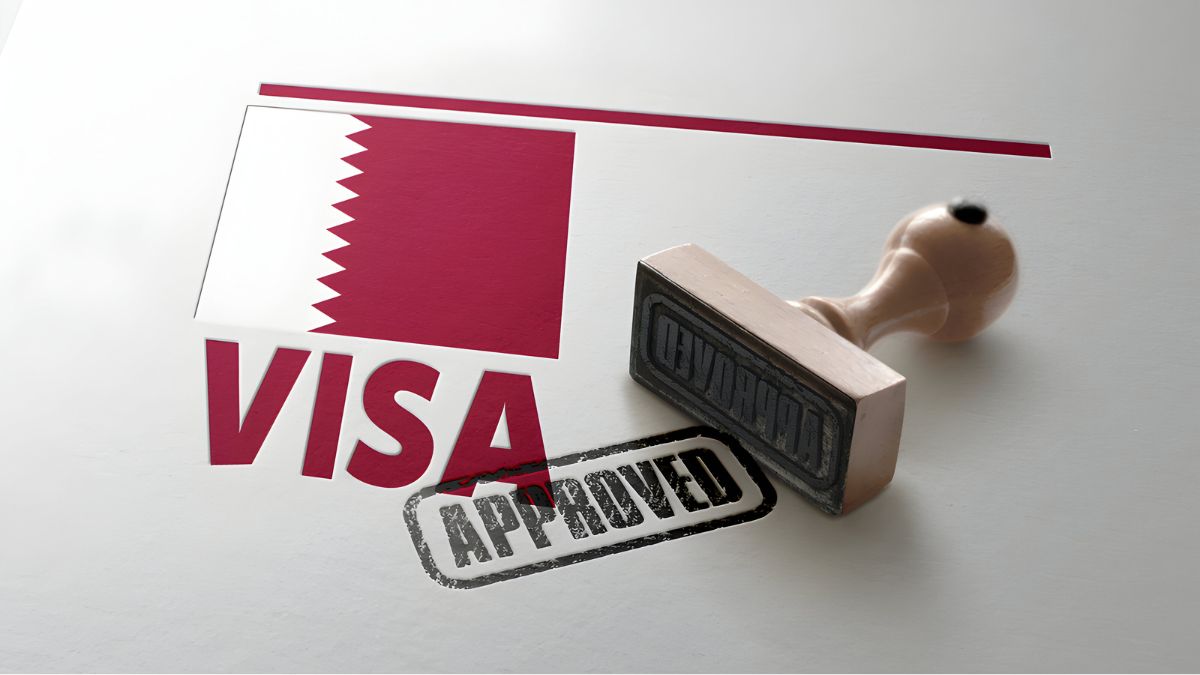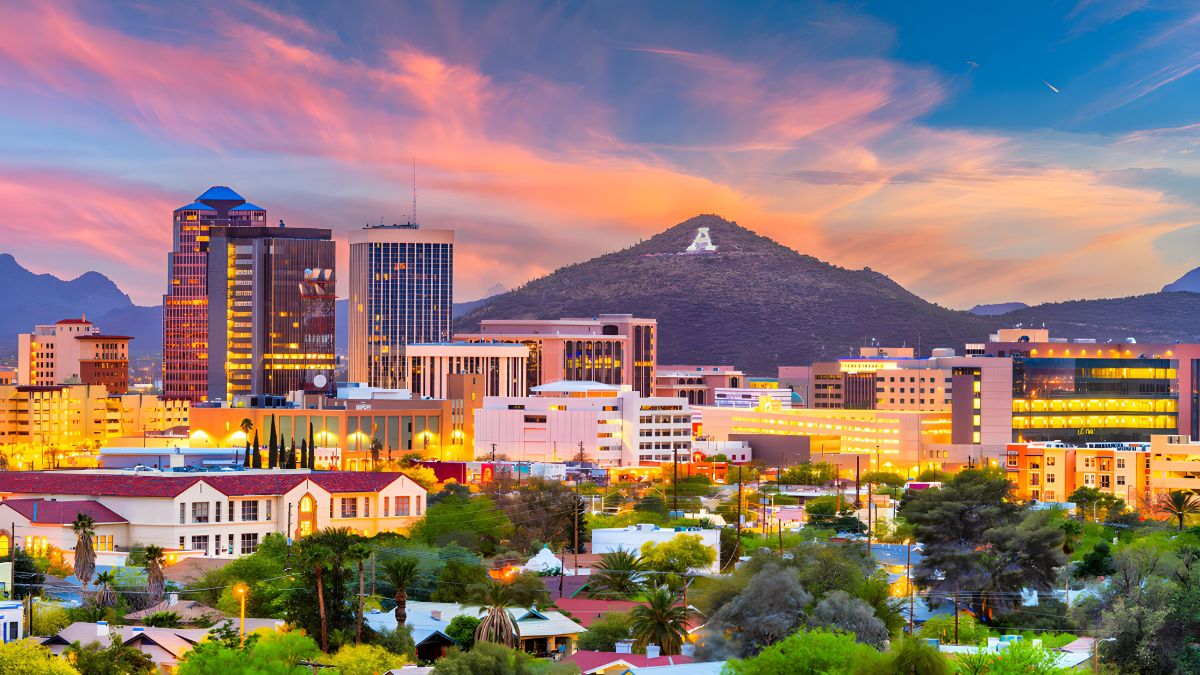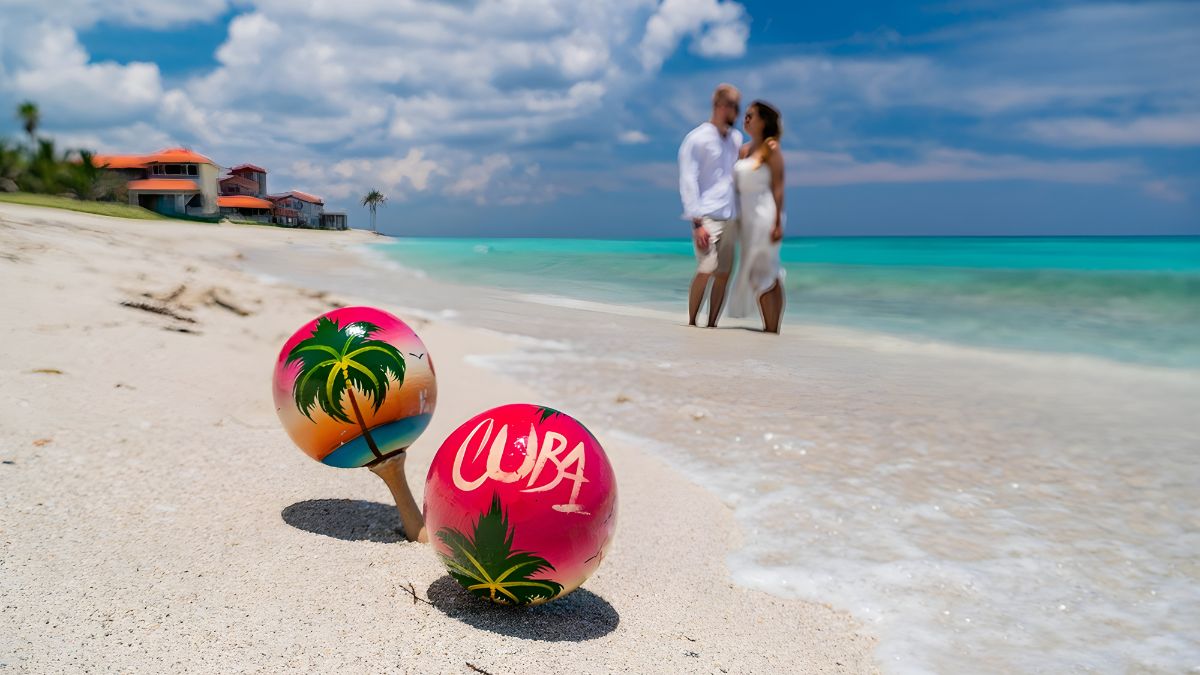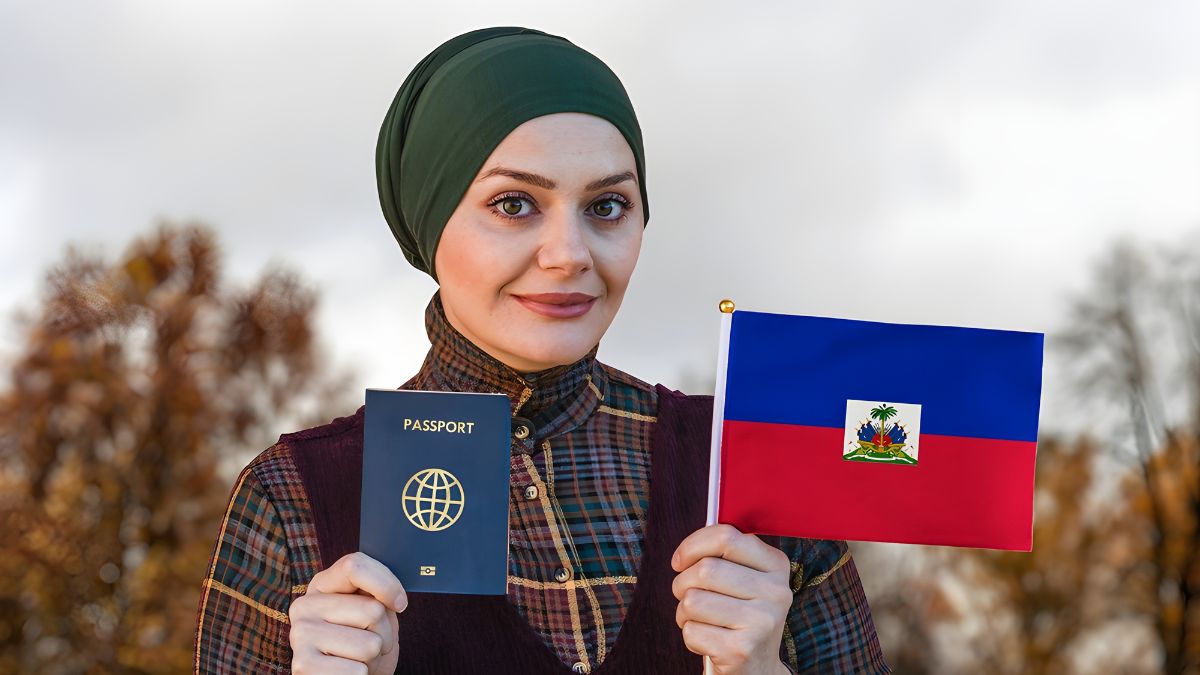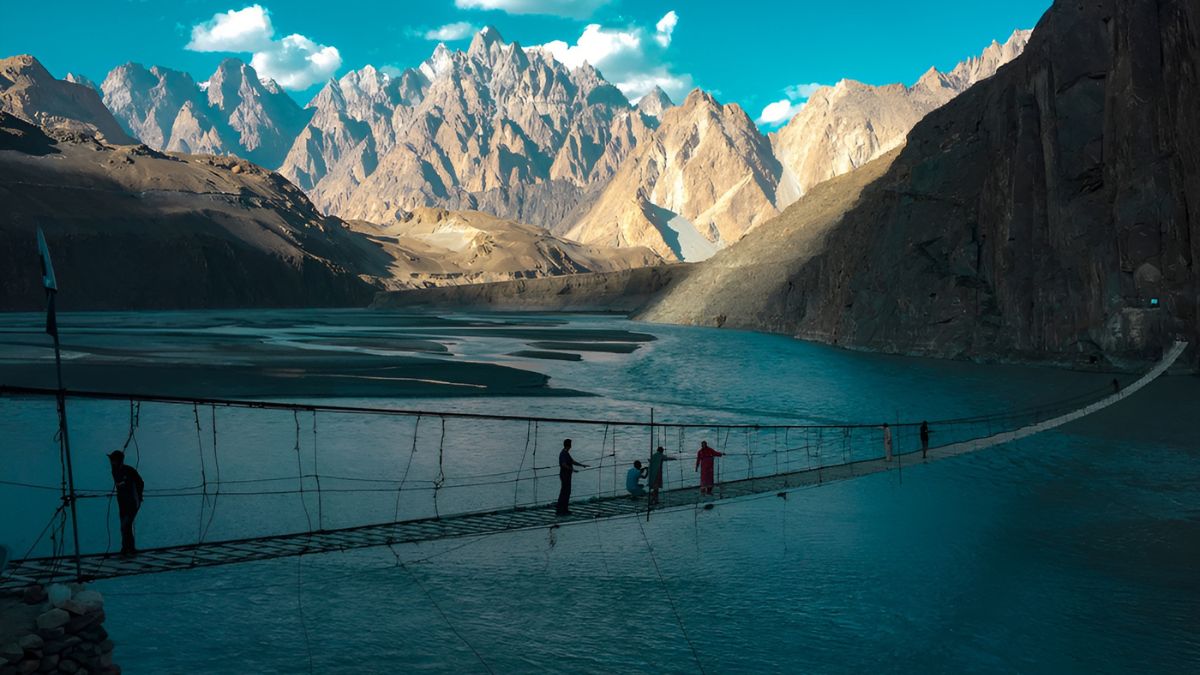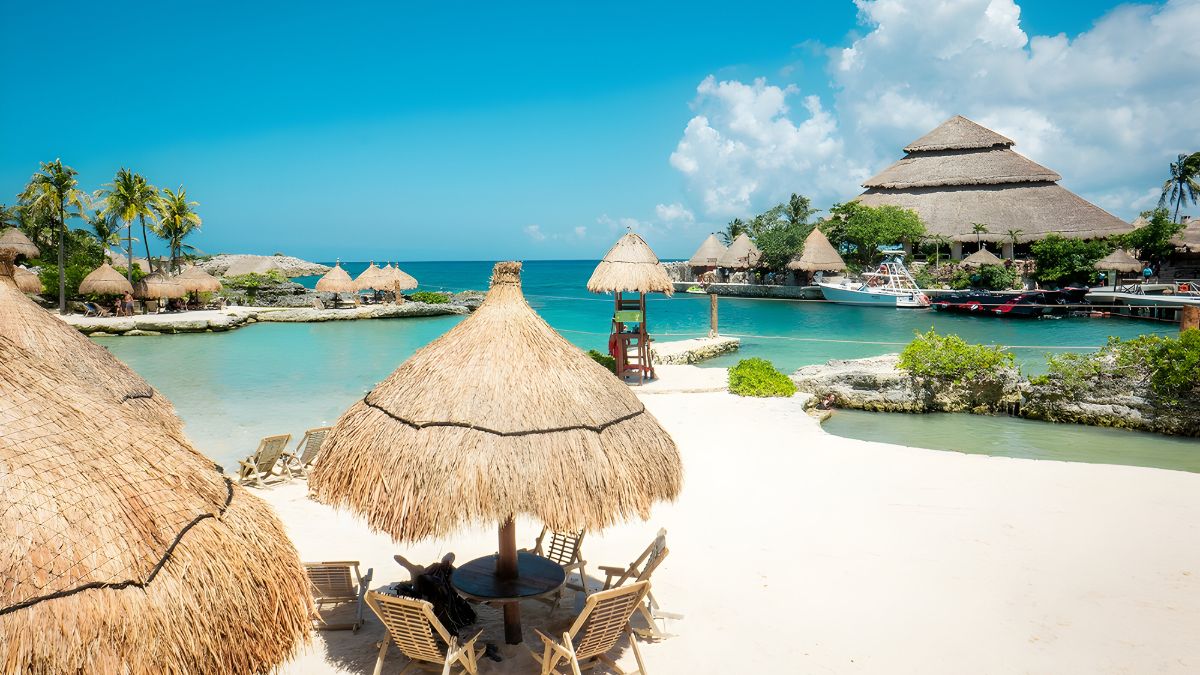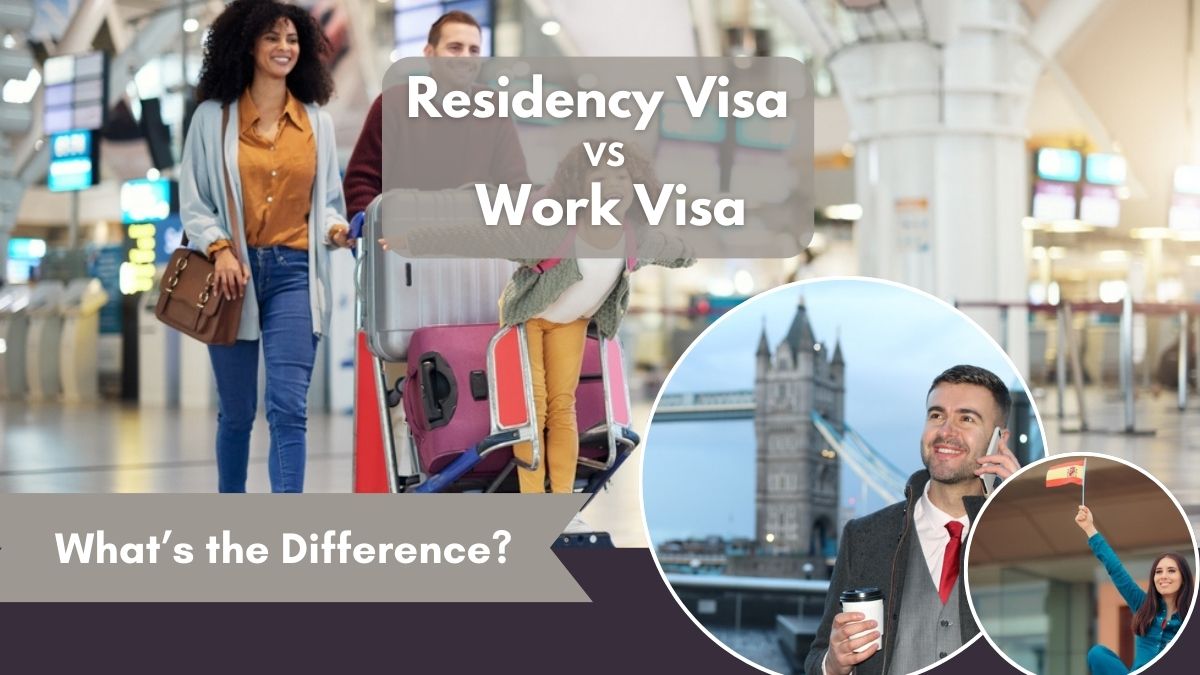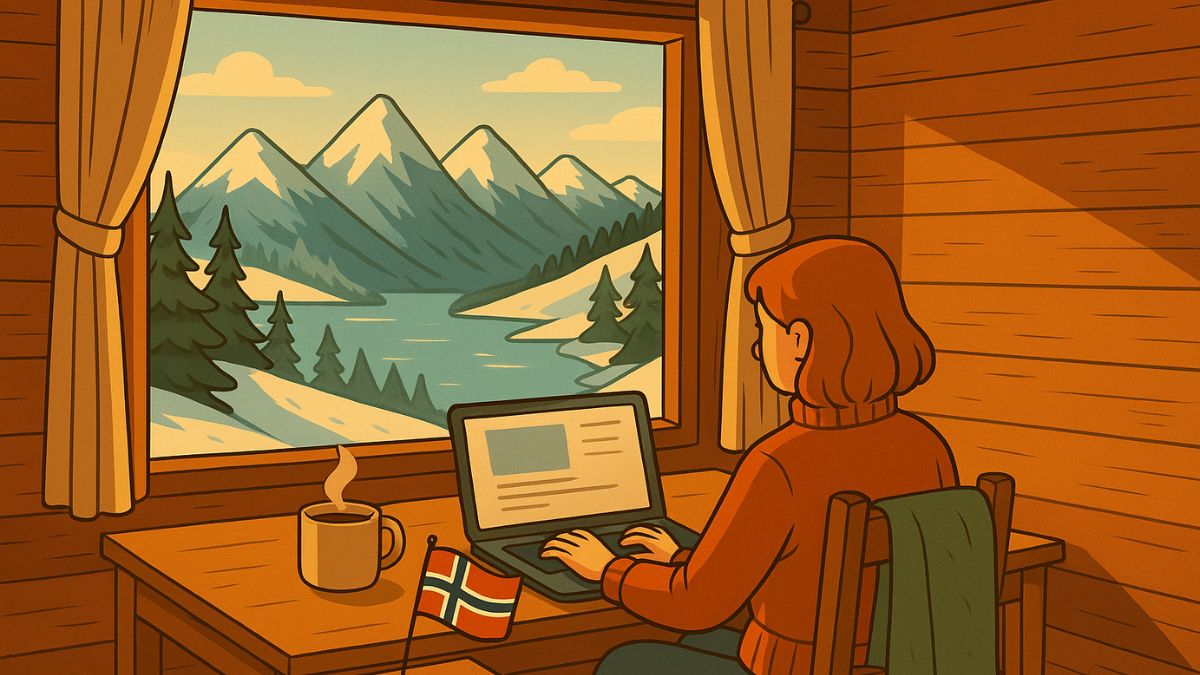
- June 1, 2025
- Heisenberg
- 0
Let’s be honest — at some point during a late-night scroll or a mid-Zoom burnout, you’ve probably stumbled across a photo of Norway and thought, “Okay, now that’s where I want to work remotely.”
Towering fjords. Misty mountains. Cities so clean they look like they’ve been pressure-washed. Cozy wooden cabins. And people who seem to have mastered the art of work-life balance while somehow also being excellent at hiking.
It’s the kind of place where you could start your morning replying to emails and end your day in a hot sauna, surrounded by snow — all while getting paid. Not bad, right?
But here comes the big question: Can you actually live and work in Norway as a digital nomad? Is there a magical Scandinavian visa for people who work from anywhere — as long as “anywhere” has fast Wi-Fi and good coffee?
That’s what we’re here to figure out. Because while Norway doesn’t officially roll out the welcome mat with a big “Digital Nomad Visa” sign, there is a way to do it. It just involves a little paperwork, a bit of planning, and possibly developing a sudden fondness for wool sweaters.
Let’s dive in and break it all down — no legal jargon, no fluff, just the real deal.
Wait, Norway Has a Digital Nomad Visa?
Technically, no. But also… yes?
Let’s clear up the confusion. Norway doesn’t offer a traditional “digital nomad visa” like Portugal or Estonia. However, they do have something called the Independent Contractor Visa (also referred to as the Self-Employment Residence Permit) — which works pretty similarly. This visa allows freelancers and remote workers from outside the EU/EEA to live and work in Norway legally for up to two years.
So if you’re a remote worker with a stable client or two (preferably Norwegian), congrats — you’re in the running.
Norway Digital Nomad Visa Requirements
Now, before you pack your thermal socks and learn how to pronounce “fjell,” let’s talk eligibility. Norway doesn’t just let anyone waltz in and set up shop with a MacBook.
Here’s what you need to qualify:
- A contract with a Norwegian client
Yes, this is the big one. You must have a formal work agreement with a business based in Norway. The gig economy is cool, but Norway wants to see stability. - Education or experience
You need to show proof of relevant education or work experience in your field. - Income Requirements
You’ll need to earn at least NOK 413772.26 (around $40,500) per year before taxes. That’s like… 20 cappuccinos a day in Oslo. Easy, right? - Proof of accommodation
The government wants to know you won’t be couch surfing indefinitely. You’ll need a rental contract or address confirmation in Norway. - Proof of Self-Employment
You must demonstrate that you are self-employed with a business established outside of Norway. Acceptable documentation includes business registration papers, tax records, or contracts with clients. - Health Insurance
Comprehensive health insurance covering medical treatment and emergency care in Norway is required for the duration of your stay.
Application Process: Surprisingly Bureaucratic but Doable
Let’s walk through it, step by step:
1. Gather the Documents
- Contract with a Norwegian client
- Proof of education or work experience
- Tax documents/proof of income
- Passport, of course
- Completed application form
- Proof of accommodation
Pro tip: Make at least two copies of everything. Norway doesn’t joke around with paperwork.
2. Complete the Application: Fill out the application form available on the Norwegian Directorate of Immigration (UDI) website or apply in person at a Norwegian embassy or consulate.
3. Submit the Application: Applications can be submitted online or at a Norwegian embassy or consulate.
4. Pay the Application Fee
That’ll be NOK 6,300 (~ $616) Approx. Ouch. But hey, you’re buying access to glaciers, world-class hiking, and tap water cleaner than your ex’s soul.
5. Wait (and Wait)
Processing times can take up to 45 days, though it’s usually quicker. Patience, dear traveler.

Living the Nomad Life in Norway
So, what’s life like in Norway for digital nomads? In one word: expensive. In two words: very expensive. But worth it? You bet.
✧ Coworking Spaces
You’ll find sleek, modern coworking spots in cities like Oslo, Bergen, and Trondheim. Expect fast Wi-Fi, minimalist furniture, and the occasional bowl of free fruit. It’s like IKEA came to life and started freelancing.
✧ Cost of Living
Brace yourself. An average lunch in Oslo will set you back around NOK 200 ($18). Rent? Around NOK 10,000-15,000 per month for a modest one-bedroom apartment. But there’s a silver lining — healthcare is top-tier, the air smells like fresh pine, and crime is laughably low.
✧ Nature Overload
Want to hit a hiking trail 10 minutes after wrapping up a client call? Go for it. Norway is a natural playground. Mountains, fjords, the Northern Lights — all right outside your door.
✧ Language Barrier?
Not a big deal. Almost everyone under 60 speaks great English. You won’t need to master Norwegian, but tossing in a friendly “takk” (thank you) goes a long way.
Tax Situation: It’s Complicated
Ah, the dreaded T-word.
Here’s where things get real. If you stay longer than 183 days in a year, you’re considered a tax resident in Norway. That means you’ll be paying Norwegian taxes, and let’s just say their tax rates aren’t shy.
But — and it’s a big but — Norway has tax treaties with many countries to avoid double taxation. Check your home country’s agreement before freaking out.
Also, be prepared to open a Norwegian bank account and possibly register for VAT depending on your earnings and business model.
Can You Bring Your Partner or Family?
Yes! Norway’s quite family-friendly.
As long as you’re legally residing in the country under the Independent Contractor Visa, your partner and kids can apply for family reunification visas. Just be prepared to prove you can financially support them — again, Norway doesn’t play around.
Is It Worth It?
Well, that depends.
If your idea of remote work includes silence, snowy landscapes, 2 PM sunsets in winter, and hiking with reindeer in summer — this is your dream come true.
But if you thrive on beach vibes, street food, and cheap rent, maybe stick to Bali or Mexico City. Norway is for digital nomads who value solitude, safety, and a good dose of moody weather.
That said, it’s one of the most unique and beautiful places you could live and work in as a remote professional. And in a world that’s increasingly borderless, that’s a powerful offer.
A Quick Summary of Pros and Cons
| Pros | Cons |
| Breathtaking natural beauty | Very expensive |
| Safe and clean | Harsh winters |
| Fast internet & coworking spaces | High taxes |
| Excellent public services | Requires Norwegian clients |
| Family-friendly | Limited big city nightlife |
Conclusion: To Norway or Not to Norway?
So, let’s be real. Moving to Norway as a digital nomad is not like hopping on a budget flight to Bali with just your flip-flops and a dream. It’s paperwork-heavy, a little bureaucratic, and your bank account might cry a bit — especially the first time you pay $25 for a cocktail.
But it’s also breathtakingly beautiful, unbelievably safe, and refreshingly quiet. If you’re tired of chaotic cities, relentless heat, or Wi-Fi that cuts out every time someone sneezes in your neighborhood, Norway is the antidote.
Sure, the visa isn’t labeled “digital nomad” in flashing neon, but the Independent Contractor Visa gives you the same freedom — as long as you’ve got a Norwegian client and a plan that doesn’t involve winging it.
Would we recommend it? Absolutely. Just bring your snow boots, patience, and a fondness for fish. Oh — and maybe start practicing your “takk” and “vær så god” to charm the locals.
Want more visa deep dives, remote work hacks, travel tips, and global food obsessions?
👉 Head over to Get Visa Info — your no-BS source for all things visas, immigration, travel, and beyond. We read the fine print so you don’t have to.





